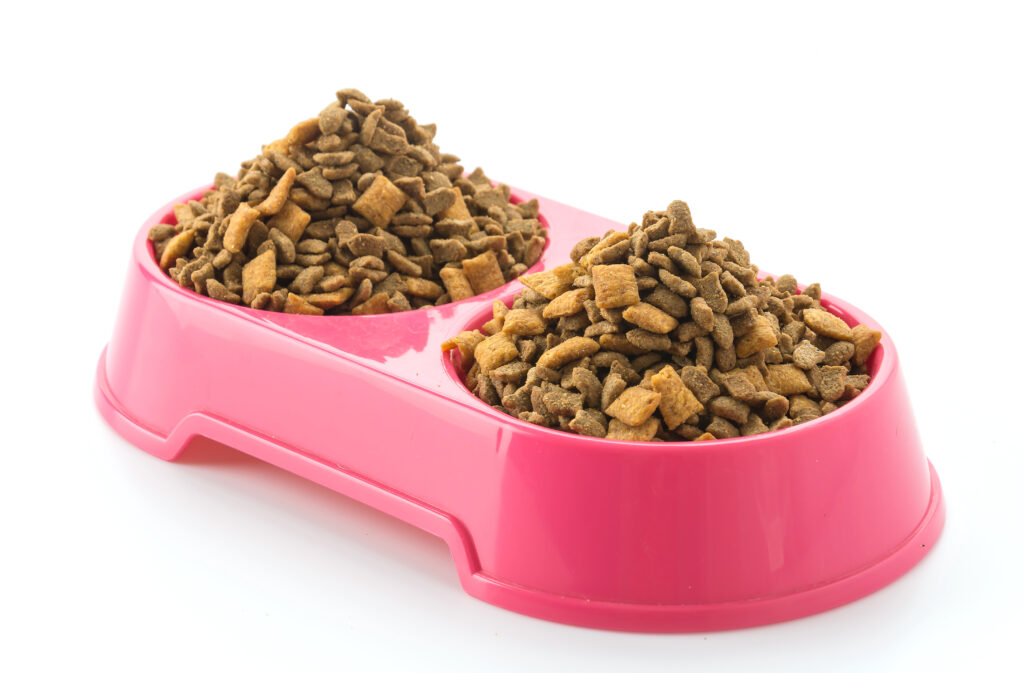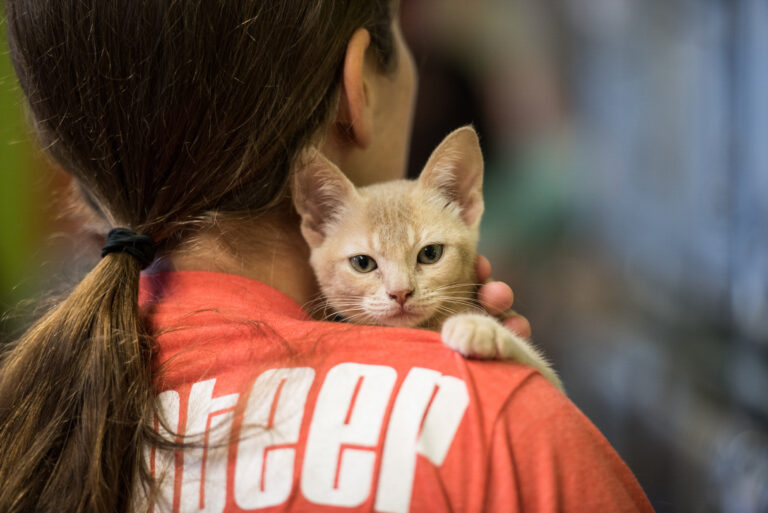When it comes to pet food, ensuring both safety and nutritional adequacy is crucial. Limited-ingredient or hypoallergenic pet food options have gained popularity among pet owners seeking solutions for pets with food sensitivities or allergies. In this article, we will explore how manufacturers can ensure the safety and nutritional adequacy of limited-ingredient or hypoallergenic pet food. Whether you’re curious about what dog breeds are hypoallergenic or looking for cat food hypoallergenic options, understanding the measures taken to provide safe and nourishing food for your pets is essential.
Table of Contents
Ingredient Selection and Evaluation:
Manufacturers of limited-ingredient or hypoallergenic pet food must prioritize ingredient selection and evaluation. By carefully choosing high-quality ingredients, manufacturers can reduce the risk of triggering allergies or sensitivities in pets. Ingredients should undergo rigorous evaluation to ensure they meet safety standards and provide the necessary nutrients for optimal health. Selecting ingredients based on their hypoallergenic properties and nutritional value is vital in formulating appropriate pet food.
Allergen Identification and Elimination:
To create hypoallergenic pet food, manufacturers must identify and eliminate common allergens from the ingredient list. This involves avoiding ingredients such as wheat, soy, dairy, and certain proteins that are known to cause allergies in pets. Thorough research and consultation with veterinary professionals help manufacturers identify the specific allergens to avoid, enabling the formulation of pet food that is safe and suitable for pets with sensitivities.
Nutritional Balance and Supplementation:
Ensuring the nutritional adequacy of limited-ingredient or hypoallergenic pet food is paramount. Manufacturers must carefully balance the essential nutrients required for pets’ well-being, considering potential dietary restrictions. Special attention is given to incorporating alternative protein sources and supplementary nutrients to compensate for any potential deficiencies that may arise due to ingredient limitations. Nutritional expertise and research drive the formulation of balanced pet food options.
Quality Control and Testing:
Stringent quality control measures and testing protocols are essential to ensure the safety and nutritional adequacy of limited-ingredient or hypoallergenic pet food. Manufacturers should conduct thorough testing on both raw ingredients and finished products to detect any contaminants or deviations from nutritional specifications. Regular quality control assessments guarantee that pet food meets high safety standards and provides the necessary nutrition for pets with specific dietary needs.
Transparency and Clear Labeling:
Transparency in ingredient sourcing and clear labeling are key elements in ensuring the safety and nutritional adequacy of limited-ingredient or hypoallergenic pet food. Manufacturers should provide detailed ingredient lists, clearly stating the absence of common allergens and the inclusion of hypoallergenic ingredients. Clear labeling enables pet owners to make informed choices and select pet food options that align with their pets’ dietary requirements.
Collaboration with Veterinary Professionals:
Collaborating with veterinary professionals is invaluable in formulating safe and nutritionally adequate limited-ingredient or hypoallergenic pet food. Veterinary professionals possess expertise in pet nutrition and can provide guidance on ingredient selection, nutritional balance, and potential allergens to avoid. Collaborative efforts ensure that pet food meets the necessary dietary standards and addresses the specific needs of pets with sensitivities.
Consumer Education:
Educating consumers about limited-ingredient or hypoallergenic pet food options is essential. Manufacturers should provide educational resources, such as articles or FAQs, to help pet owners understand the benefits and considerations of these specialized pet food products. By promoting consumer education, manufacturers empower pet owners to make informed decisions and select appropriate food options for their pets, whether they are researching what dog breeds are hypoallergenic or looking for cat food hypoallergenic alternatives.
In Conclusion

Manufacturers of limited-ingredient or hypoallergenic pet food play a critical role in ensuring the safety and nutritional adequacy of these specialized products. Through meticulous ingredient selection and evaluation, allergen identification and elimination, nutritional balance and supplementation, quality control and testing, transparency and clear labeling, collaboration with veterinary professionals, and consumer education, manufacturers provide pet owners with reliable options for pets with food sensitivities or allergies. Whether you’re exploring what dog breeds are hypoallergenic or seeking cat food hypoallergenic alternatives, choosing the right pet food ensures your furry friends receive the nutrition they need while minimizing potential allergic reactions.








